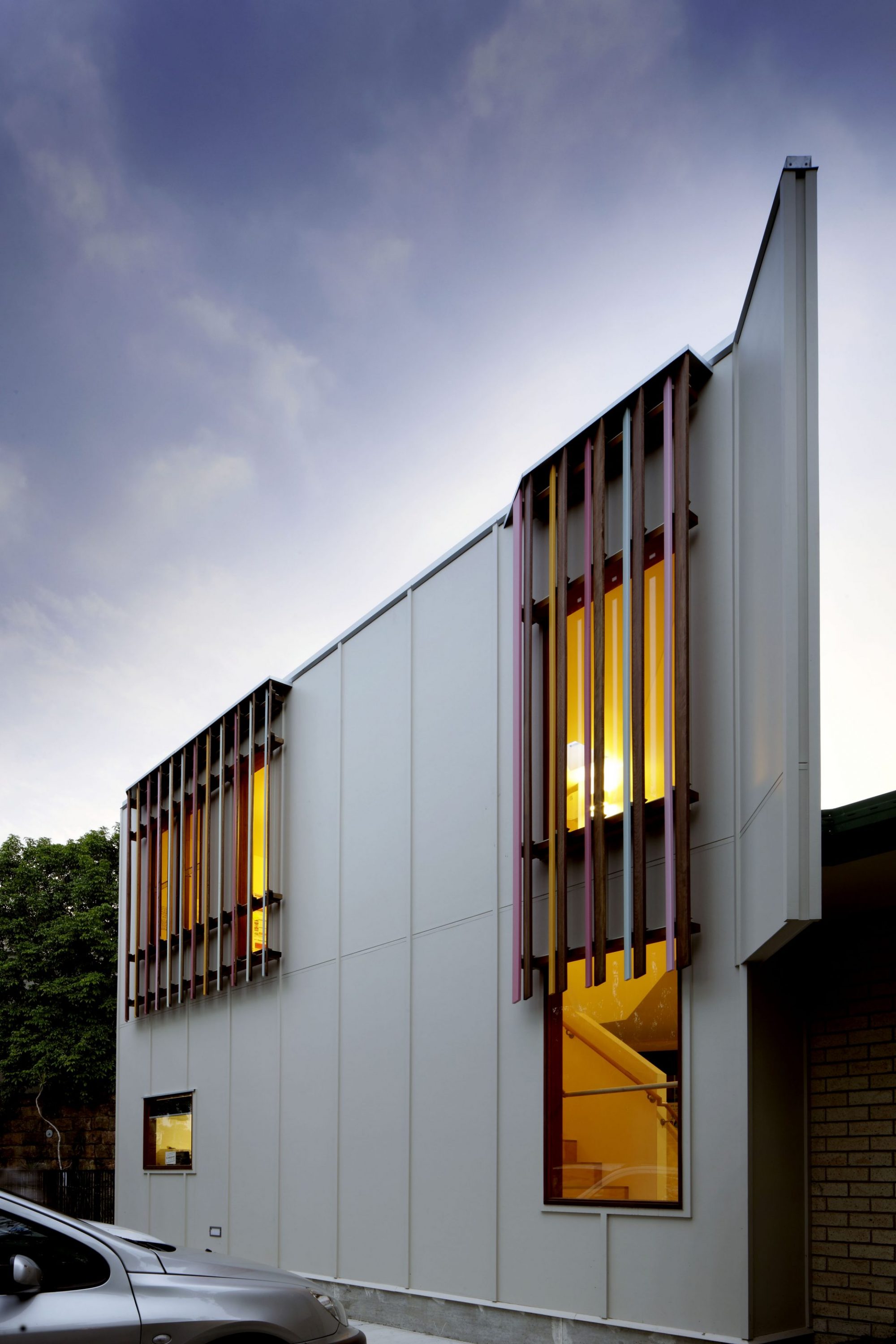These elements are like ‘links in a chain’, in that they allow for extension of a material, and through connection and repetition turn material into structure. They rely almost entirely on the geometry of the link for structural integrity, but these are two distinctly different types of link. They represent two different conceptions of space: one being vertical extension, the other being plastic deformation.
The timber links of the hooked scarf joint connect to become linear, straight, and rigid due to the interlocking barbs and fixing pin. This enables short timber members to be extended, turning squat elements into slender ones, allowing them to ‘grow’ or ‘elongate’. These make spaces that are columnar and forest-like.
The plaster and timber links form a true chain, allowing freedom of rotation through their nested ridges and valleys. This enables both free-form structural profiles as well as catenary chains to be made in a plastic state before being cemented or fastened permanently. These make spaces that are arched and cave-like.
An individual link, therefore, can be considered both a distillation and a generator of the spatial qualities of a whole. These prototypes were made by our practice and students at the University of Queensland.



